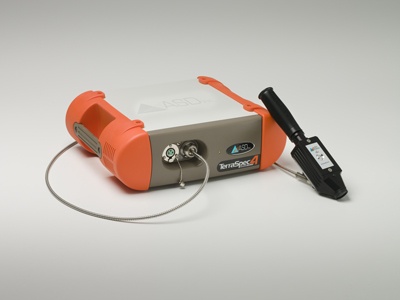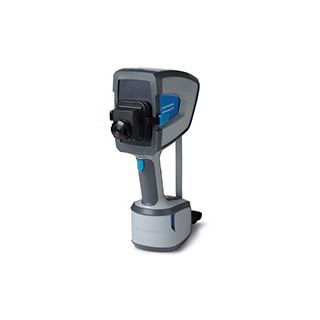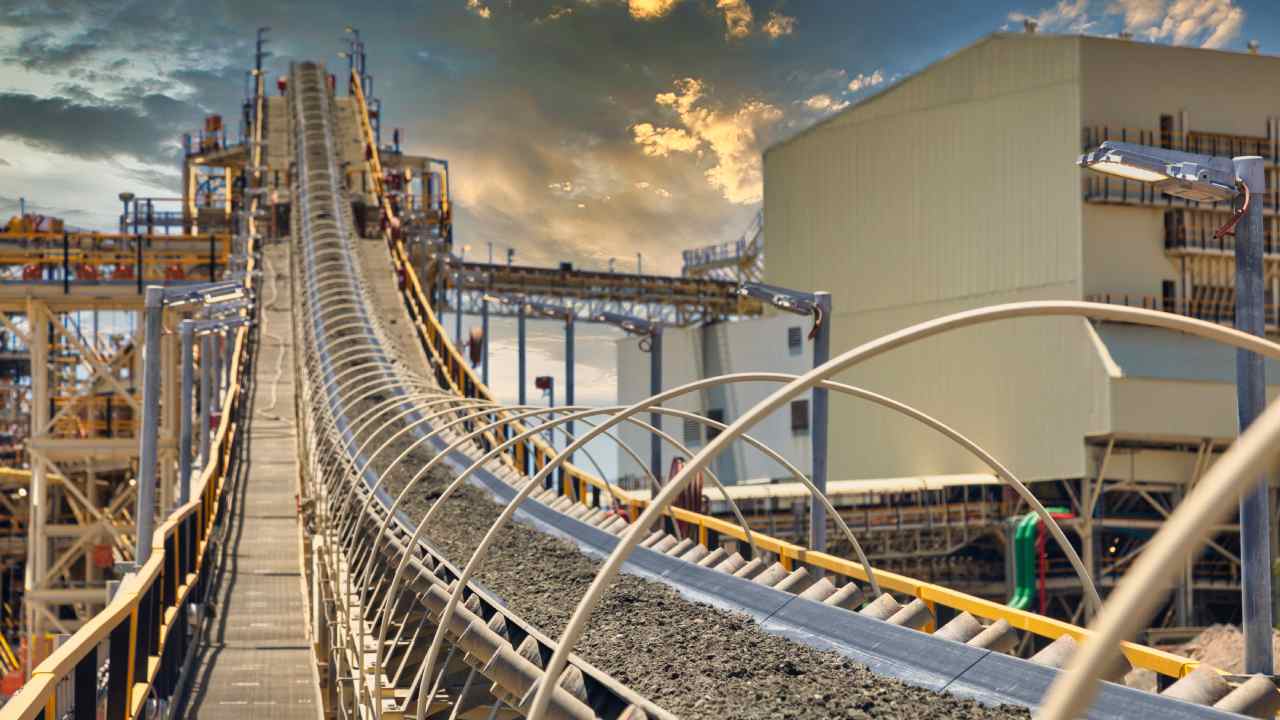A Tale of Two Spectra: The Difference Between NIR and FTIR
Near-Infrared Spectroscopy (NIR) and Fourier Transform Infrared Spectroscopy (FTIR) are two molecular analysis technologies that are used in a wide range of industries – especially mining.
While NIR is a well-known and well-established technology, FTIR is often considered the new kid on the block, and you may not know much about it.
So, which one is the best for your needs?
Read on to learn the difference between NIR and FTIR.
What is NIR?
Near-Infrared Spectroscopy (NIR) is a non-destructive analytical technique that identifies the molecular composition of a sample.
When the light in the near-infrared region is applied to the sample, the amount of light absorbed or reflected at different wavelengths can be measured. This can be used to identify the presence and abundance of different elements.
What is FTIR?
Fourier Transform Infrared Spectroscopy (FTIR) is also a technique used to identify and analyse the molecular structure of a material.
Unlike NIR, FTIR applies fully infrared light to the sample and measures how much light is absorbed in different wavelengths. Using the Fourier Transform method, it can analyse the entire spectra simultaneously, improving the speed and scalability of its analysis.
What’s the Difference Between NIR and FTIR?
The main difference between NIR and FTIR is the spectral range they use for analysis. NIR uses light in the near-infrared region (approximately 350-2500 nm), while FTIR uses light in the mid-infrared region (approximately 4000-400 cm^-1).
This difference in wavelength range affects the types of samples that can be analysed. This means NIR and FTIR aren’t like-for-like substitutes, but are instead complementary.
Benefits of NIR
NIR is best used for testing a larger sample size, where compositions aren’t exceedingly complex. This makes NIR a preferred method for quantitative analysis, where the aim is to idenitfy the main components of a sample range quickly.
NIR is also able to analyse all three states of matter: solids, liquids and gases. This means along with identifying the composition of a sample, it can also detect the moisture content and air pockets which can effect what the sample is worth and how it may need to be processed.
It’s ability to analyse wide ranges of samples across different states of matter makes it ideally suited to greenfield mining exploration.
Benefits of FTIR
The biggest strength of FTIR is it can assess an impressively wide spectra which lets it identify trace elements like chemicals and other contaminants.
Along with trace elements, it can also provide far more detailed breakdowns of sample composition because it can examine the entire spectra simultaneously, rather than having to examine individual wavelengths.
The ability to assess the composition of samples to such a precise level opens up a lot of opportunities in the mining industry. Not only does it shed more light on the true value of a sample, it can also reveal the transformation history of the minerals in the area.
The other benefit of FTIR is the speed of its analysis. The Fourier Transform method means the entire spectrum is analysed as a whole, saving time from having to measure singular wavelengths.
NIR vs FTIR: Which is Better?
In this case, it isn’t ‘which is better’, but rather which do you need? Either NIR or FTIR could be more suitable depending on the application.
For analysis of larger sample sizes, NIR is likely to be more suitable. However, for a more in-depth breakdown of sample composition, FTIR may be your preferred solution.
The TerraSpec 4 Analytical Spectral Device

The TerraSpec 4 Analytical Spectral Device is a portable, full-range NIR spectrometer.
It delivers highly accurate results in mere seconds, all without damaging the sample. Highly regarded among top geologists worldwide, its ease of use and rugged reliability means your operators will have the ability to take accurate readings in the field.
It also comes with several incredible features, including:
- High-res and standard-res options
- Non-destructive, reliable analysis
- Portable and built for endurance
- Unparalleled alteration mineral analysis
- Rapid key mineral identification
For rapid NIR results, you can’t go wrong with a TerraSpec 4!
The Agilent 4300 Handheld FTIR Analyser

The Agilent 4300 Handheld FTIR Analyser is the first of its kind and has quickly become the leading handheld FTIR device on the market. With its easy point-and-shoot functionality and lightweight (only 2 kgs) design, it really is the premier option for FTIR analysis in the field.
One of the most time-consuming tasks in any analysis process is the wait for laboratory results. However, with the Agilent 4300, you can obtain instant results in the field, allowing for faster progress.
This instrument also offers an interchangeable interface, making it easy to switch between analysing different materials, such as changing from analysing a polymer sample to analysing a soil sample. Additionally, the Agilent 4300 can analyse solids, liquids, and gases, making it highly versatile.
Portable Analytical Solutions
To put it simply, portable analysis devices are the best way to gather highly accurate data when in the field or on the move.
Portable Analytical Solutions supplies various NIR and FTIR analysis devices for a range of industries across Australia and New Zealand.
To purchase your own ASD TerraSpec 4 or Agilent 4300, don’t hesitate to get in contact today.
